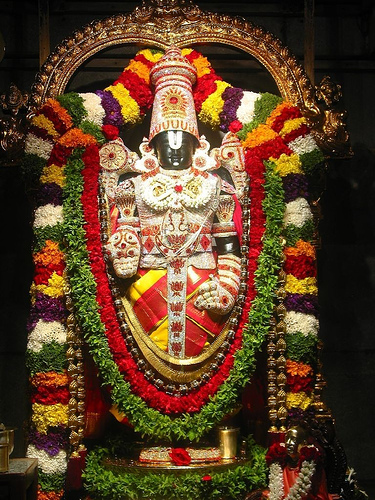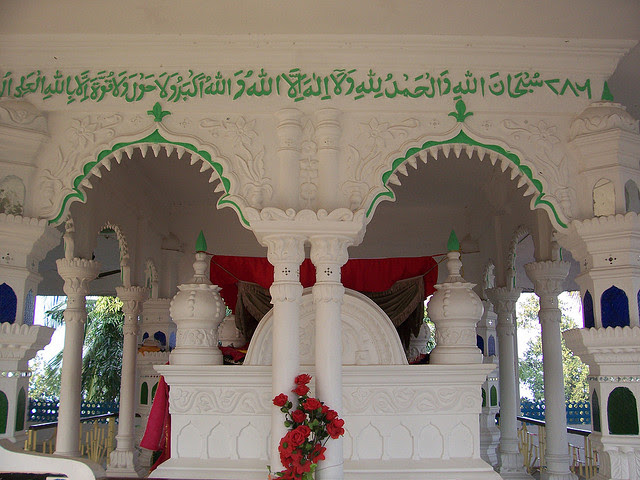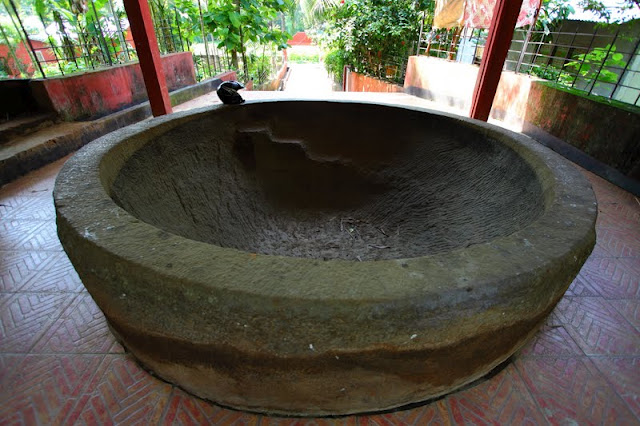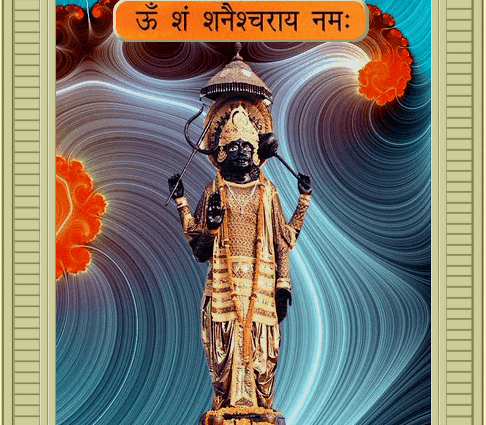Ajmer is legendary for the tomb involving Muinnudin Chisti. Dargah Shariff of Hazrat Khwaja Muinuddin Chishti is indeed an ornament to the city of Ajmer. It is one of the holiest places of worship in India not only for the Muslims but also for the people of other faiths who hold the saint the high esteem and reverence. Ajmer is the seat of great Sufi Saint Khwaja Moinuddin Chisti, who is equally revered by Muslims and Hindus and popularly known as Ajmer Sharif. Thousands of devotees visit the famous Dargah Sharif tomb erected in the honor of the great saint.
 |
| Ajmer Sharif Dargah |
Last weekend my parents planned to visit Ajmer sharif and they ordered me to come with them. Ajmer Sharif” – The place rung a faint familiarity in my mind when I heard it for the first time. A much awaited vacation was in tow and I knew that I have to hunt down for offbeat places to visit and unwind from my cluttered schedule. The next thing I found myself doing was doing a google search for Ajmer Sharif. With the images poping up instantly, the one taken in dark caught my attention and a picture was etched in my mind. I knew I am visiting this place.
 |
| Hazrat Nizamuddin Auliya Dargah in Delhi |
But before going to Ajmer sheriff, it’s a legend that one has to take blessing from Dargah of Hazrat Nizamuddin Auliya. So we first paid a visit to dargah and on Saturday morning we left for Ajmer. It was a smooth drive of 8 hours by car from Delhi to Ajmer.
 |
| Thousands of people bow for namaz |
Ajmer is situated in the heart of Rajasthan. It is encircled by the mountains of Aravalli that can be termed as an oasis. Next morning I was all set to visit famous Dargah of Khwaja Moinuddin Chisti. First look, a beautiful monument amidst mountains with its reflection falling over a lake took my breath away. Situated at the foot of Taragarh Hill, the Dargah was a massive white embodiment. This place, an jewel amongst all the other places worth visiting in Ajmer, Rajasthan, is one of the holy places of muslims in India.
 |
| Ajmer Sharif during evening time |
You do not need a map to find a way to dargah, just stop anywhere and ask for the direction to the dargah or Garib Nawaz, and you will be shown the way to mausoleum that is located beyond the huge constructed red sandstone gate.
Dargah has a huge gate donated by the Nizam of Hyderabad, a mosque donated by the Mughal emperor Shah Jahan, known as Akbari Mosque and the domed tomb of the saint. Just outside the main gate, there are numerous shops selling food, flowers, incense sticks and anything and everything that you might need in your life. No cameras are allowed inside the Dargah, and unlike Pushkar, security is tight. Of course, I saw people with phone cameras taking pictures and recording the events.
 |
| Gate of Ajmer Sharif |
 |
| Phool ki Chadar |
 |
| People busy in shopping near Ajmer Sharif Dargah |
Hazrat Khawaja Moinuddin Chisti, the “Khawaja Saheb” or the living spirit as he is reverentially called attracts not only the muslims as the place ought to be but the people of all faiths and religion. I could see people from all faiths and creed here the moment I started walking towards the Dargah.
As I entered it, as the convention goes, I had to cover my head with a scarf. When I entered the place, the only thing I had noticed was the tomb covered in its various decorations and the quiet. I was surprised at the silence the sacred place commanded out of people and I knew instantly why this place is so special in so many hearts out there. Inside Dargah I found khadims helping devotees, qawwals reciting paeans to the Saint, dervish appealing for alms, bhisthis offerinf water and pilgrims seeking blessing of Khwaja Moinuddin. In the courtyard you will array of shops selling pink roses that devotees offer to Khwaja.
 |
| Thread of Faith |
I sat with my back against the intricately carved wall and enjoyed the spellbinding Quwwali just outside the tomb, while M went down to the women's section to offer the namaz. The music was still in my head as we walked later through the dargah complex, buying a few souvenirs for family. There is something about sufi music which remains with you, forever and ever. It also makes you silent and contemplative...
 |
| Qwaali is performed in courtyard of Dargah |
Our guide told us that The Great Mughal Emperor Akbar and his queen used to pay their obeisance to this great saint every year. They are said to visit here by the bare foot from Agra for the fulfillment of their wish for a son.
There are more ruins as one takes the lane on the side of the Dargah, eventually leading to the Adhai-din-ka-Jhonpra Mosque. Do not miss this place if you are in Ajmer. The Dargah includes many other attractive buildings, tombs, courtyards and Daalaans, some of which are exquisite specimens of the Moghul architecture and were erected during the Moghul period.
After a day, roaming about the dargah exclusively, drinking all the sweetness of the past and the ever present sanctity of the place, I was done with Ajmer Sharif. I knew I would be coming back to this place for its sheer magnificence and simplicity.
Things to know about Ajmer:
Best time to visit Ajmer is from October to March.
Ajmer is well connected to the major cities of India by land, rail and air.
Madar Gate, Chudi Bazzar, Naya Bazzar, Dargah Bazzar, and Kesarganj are among the popular markets.






























































